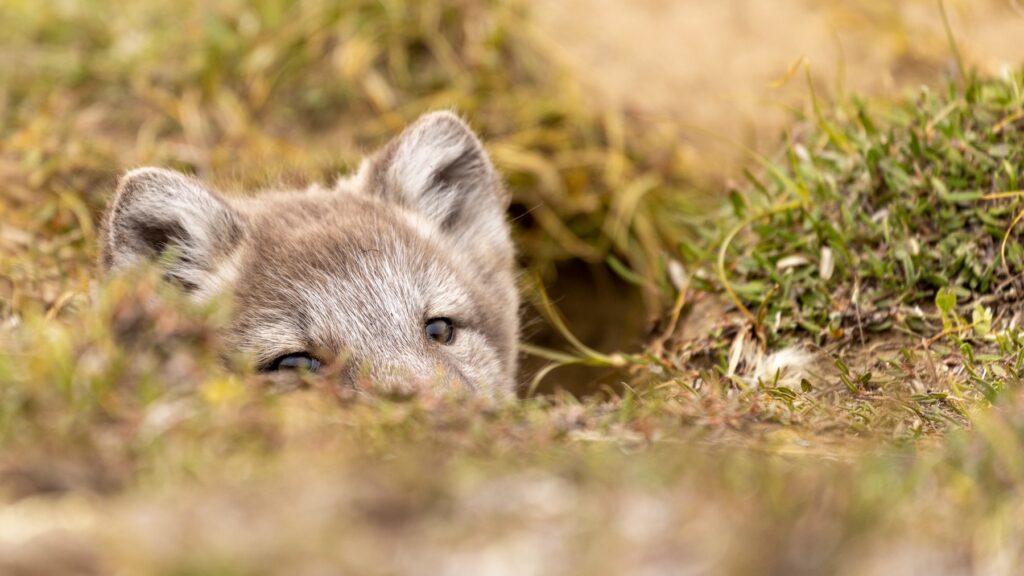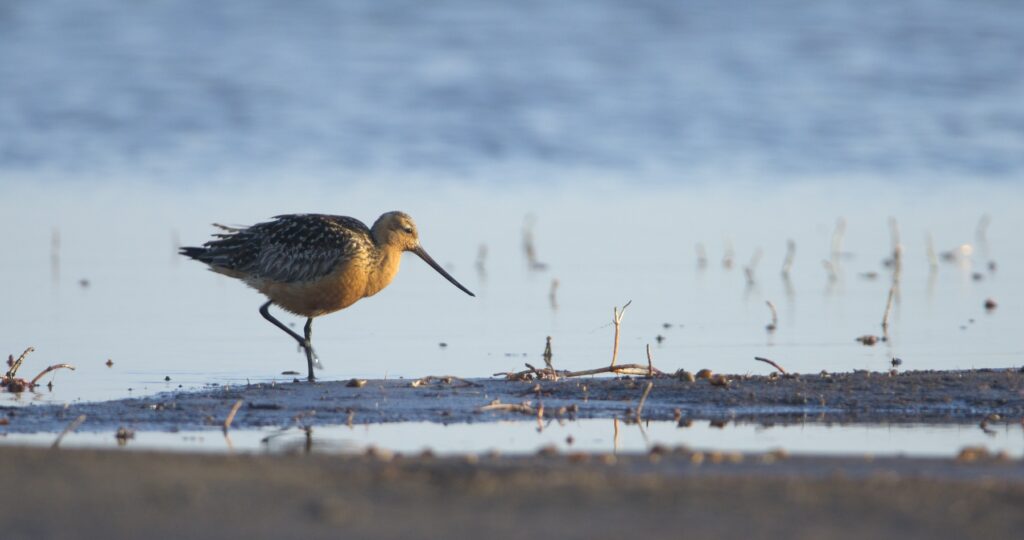A Timeline of a Shifting Political Landscape in the National Petroleum Reserve – Alaska

The National Petroleum Reserve – Alaska (Western Arctic) is our nation’s largest single unit of public land, spanning nearly 23 million acres (roughly the size of Indiana) across Alaska’s North Slope. The Western Arctic is recognized for its globally significant habitat that sustains essential wildlife, like migratory birds, caribou, polar bears, walruses, beluga whales and more. The Iñupiat have inhabited this region for thousands of years and the Western Arctic region is the traditional homeland of more than 40 communities, with some harvesting all or nearly all of their subsistence resources from these lands and waters.
Originally established 100 years ago as a petroleum reserve for the changing U.S. Navy, the Western Arctic has a long history of both conservation and oil and gas development. Below is a timeline that illustrates the key moments and decisions impacting this region. Over the last 100 years, we have seen significant changes to our policy priorities. As our planet has continued to change and experienced the worsening impacts of climate change, prioritizing conservation is more important now than ever.
Early 20th Century Developments:
- 1912: The U.S. federal government began setting aside land as Naval Petroleum Reserves to ensure a stable supply of crude oil for naval vessels during times of crisis or war. This initiative aimed to reduce dependence on foreign oil and support the transition from coal to oil for the Navy.
- 1968: Oil was discovered in Prudhoe Bay, Alaska. Located just outside of the NPR-A, this strike revealed the biggest oil field found at the time in North America.

Key Legislative and Administrative Actions:
- 1923: President Harding established the 4th Naval Petroleum Reserve (NPR-4) on Alaska’s North Slope, covering 23 million acres, marking the largest piece of public land designated for petroleum reserves (and the largest piece of public land, period).
- 1976: President Gerald Ford signed the Naval Petroleum Reserves Production Act (NPRPA), which authorized immediate production from three reserves in the lower-48, redesignated NPR-4 as the National Petroleum Reserve, and transferred its jurisdiction to the Department of the Interior, opening it formally to oil and gas leasing. This decision was made at a critical moment during the 1970’s oil crisis, looking to the oil reserves for their intended (if destructive) purpose. The NPRPA also established the first conservation Special Areas within the Reserve, recognizing areas of critical ecological, recreational and subsistence values.
- 2012: Under President Obama, the Department of Interior finalized a new Integrated Area Plan for the NPR-A which allowed for potential drilling on nearly 12 million acres and expanded Special Area designation from 8.3 million to 13.35 million acres, a significant conservation gain.
- 2018 – 2020: The Trump administration’s environmental review reversed Obama-era protections, allowing increased drilling throughout the NPR-A. In 2020, the Trump administration approved the Willow project. The process was challenged in court and found to have a flawed environmental review. The process was ultimately redone under President Biden and the Willow project was approved.
- 2023-2024: The Biden administration strengthened protections for Special Areas within the NPR-A, codifying a prohibition against future oil and gas leasing in over 10 million acres and enhancing environmental and subsistence safeguards. These regulations were finalized in 2024.
Exploration and Conservation Milestones:
- 1944-1982: The US Navy and USGS drilled 136 test wells in the 40s and early 80s in an attempt to find oil and gas. Many of these drill sites were left in disrepair; as a result, Congress today still has to appropriate funds to clean them up.
- 1976: When management of the NPR-A was transferred from the Navy to the Department of Interior, Congress specifically elevated “maximum protections” for subsistence, fish and wildlife, historic, cultural, or recreational values in designated Special Areas. They instructed the Secretary to designate the Teshekpuk Lake and Utukok Uplands Special Areas in statute at that time.
- 1998-2003: Secretary of the Interior Bruce Babbitt opened 87% of the NPR-A to oil and gas leasing but expanded protections for key conservation areas known formally as Special Areas. Despite initial oil exploration, increasing environmental concerns emerged, with reports cautioning against further development due to potential irreversible damage.
- 2006-2013: The Bush administration’s attempt to lease protected areas within the NPR-A led to legal challenges by conservation groups. In 2013, under Secretary Salazar, the Obama administration finalized a comprehensive management plan, enhancing conservation protections for 11 million acres and working collaboratively with Tribes and local stakeholders.
- 2015 – 2023: Commercial oil production begins within the NPR-A, with the CD-5 project going online just outside Nuiqsut in 2015. During this period, oil companies, particularly ConocoPhillips, expanded drilling operations, including controversial projects in the Western Arctic. Two other projects – the Mooses’ Tooth #1 and 2 – followed shortly after that, and the Willow discovery occurred in 2017. The Trump administration approved the Willow project in 2020, but with a flawed environmental review; a court-ordered review, under President Biden, resulted in full project approval in 2023.

Current and Future Conservation Efforts:
- 2023-2024: Urge the administration to establish processes for creating or expanding Special Areas. A Request For Information (RFI) period allowed public input on these conservation efforts, reinforcing ongoing commitments to preserving the Arctic’s unique ecological values.
- 2025 and beyond: 2.6 million acres of active leases with an estimated 3 billion barrels of oil represent the next threat for oil and gas development in the Western Arctic, with ConocoPhillips eyeing these reserves and hoping to turn Willow into “the next great oil and gas hub.”
All photos courtesy of Florian Schulz
